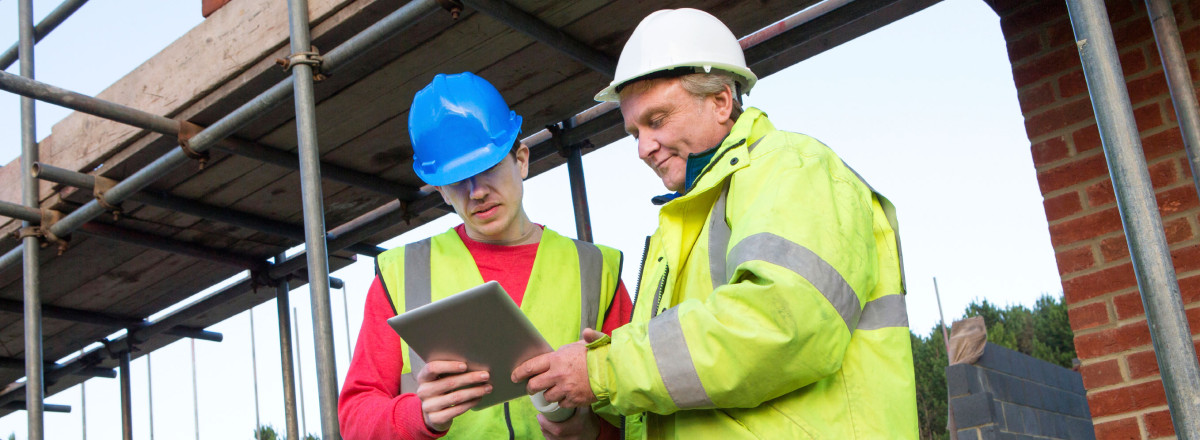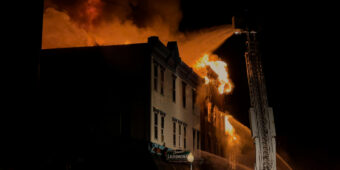Managing overlapping duties
01 Dec 2015, Featured, Prove Your Know How, Safety

With the Health and Safety at Work Act coming into effect in April next year, it’s important you understand your responsibilities under the new laws. In this two-part series, we’ll examine who is responsible when two or more PCBUs duties overlap
Because a person conducting a business or undertaking (PCBU) has duties to all workers affected by their work, not just to those they employ, it’s possible for PCBUs to have overlapping duties. This is a fundamental part of the Act’s design.
Many modern work situations involve multiple duty holders with overlapping duties. For example, there may be a number of different businesses working together or alongside each other on a single work site, such as a construction site, and through contracting or supply chains.
The previous Act created and provided for such overlapping duties, so the need for duty holders to work together to meet their duties is not new – it’s just more explicit in the new Act, and many workplaces will already be taking this approach.
The Act also makes it clear that PCBUs need to collaborate to meet their duties and ensure that the work does not place people’s health and safety at risk.
How should PCBUs work together?
Overlapping duties do not automatically require PCBUs to duplicate efforts. Instead, PCBUs will need to consult, cooperate, and coordinate activities to meet their shared responsibilities.
PCBUs cannot ‘contract out’ of their duty. However, they can and should make reasonable arrangements and coordinate responsibilities with the other PCBUs to fulfill their duty – so far as is reasonably practicable. The PCBUs should also monitor each other to ensure everyone is doing what was agreed.
The extent of a PCBU’s duty depends on the level of influence and control the PCBU has over health and safety matters at work, and the different circumstances that might be at play when there are multiple PCBUs.
This means that in practice, the measures a PCBU should take in relation to its own employees and contractors are likely to be different from the measures it should take in relation to the employees and contractors of another PCBU, as it will have less influence and control over the workers of another PCBU.
A PCBU that has less direct control and influence is more likely to fulfill its duty by making an arrangement with the PCBU that is closer to the work and has more direct influence and control.
Example 1: Overlapping duties in labour hire
A labour-hire PCBU contracts out a worker to a host PCBU. Both the labour hire PCBU and the host PCBU owe a duty of care to that worker – both are fully responsible for meeting that duty to the extent to which they have capacity to influence and control the matter. The labour hire PCBU cannot ‘contract out’ its duties to that host employer when it places a worker with them.
Both PCBUs need to consult and co-ordinate activities to ensure the health and safety of the labour hire worker.
Example 2: Overlapping duties on a large construction site
A large construction site has many PCBUs present: the head contractor, the subcontractors, and the client.
While all of these PCBUs have overlapping duties, the measures that they can take to discharge those duties will differ.
The client will typically owe duties to the workers that they influence or direct through any requirements they include in their contract with the principal contractor that will affect the health and safety of those workers. If a client requires that work be performed in a certain way or in a certain time, that may affect the health and safety of workers.
The head contractor will have a duty to the workers that work for them.
The head contractor will also have a duty to the workers on the site that it influences or directs. This is because the head contractor usually determines the sequencing of work and sets work methods, equipment and other site requirements that may affect all the workers on site – even those who aren’t employed by the head contractor directly.
The subcontractors will also have a duty to the workers that work for them.
The head contractor and the subcontractor should consult each other about the job requirements, the skills required of the workers, any health and safety risks associated with the work, and what each will do to control the risks.
Subcontractors will have a duty to each other’s workers, even where they do not have a direct contractual relationship with them. For example, the activities of a scaffolding PCBU can affect the safety of other workers on site.
The PCBUs can make arrangements with the other PCBUs on the site where they have overlapping duties. In this case, the head contractor and subcontractor have to ensure access to first aid facilities.
It’s likely the head contractor will provide those facilities for all workers on site, but the subcontractor must confirm they’re in place and accessible to their own workers as well. The head contractor would also usually provide security for the site as a whole.
Register to earn LBP Points Sign in



